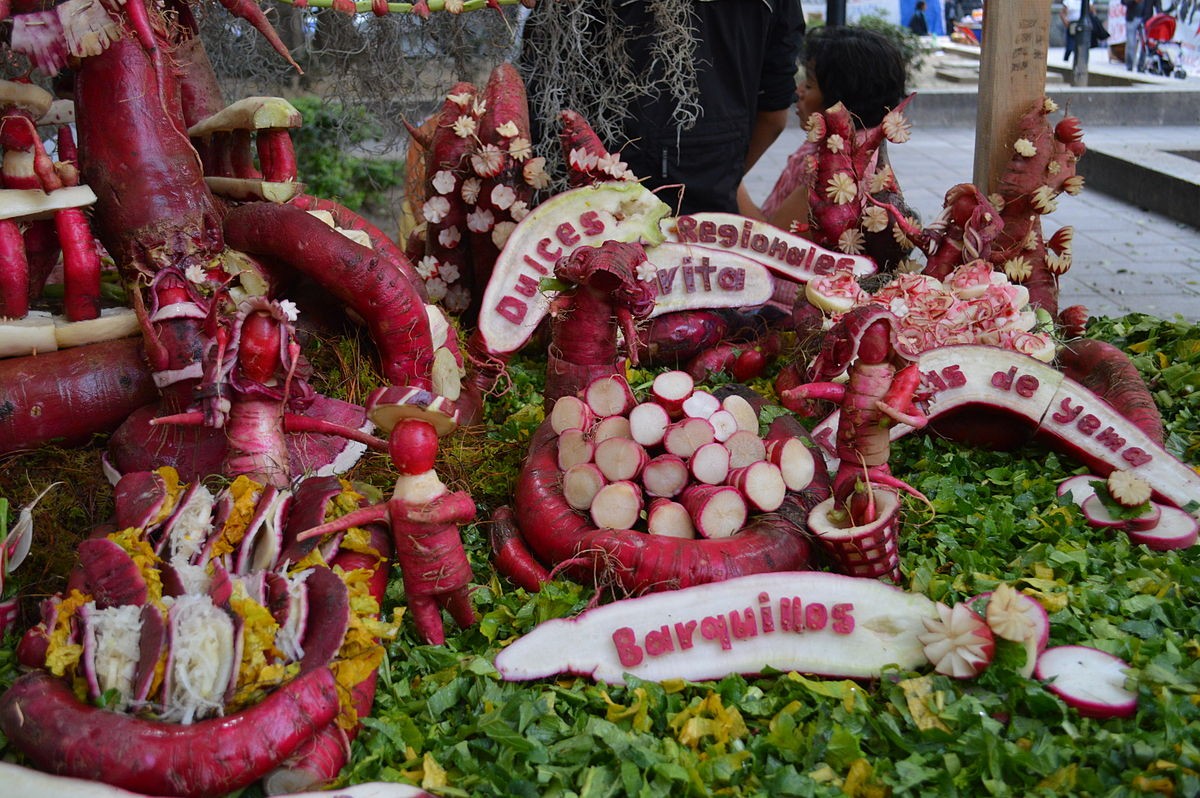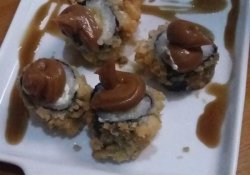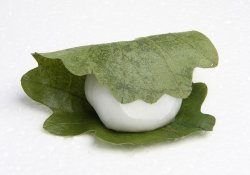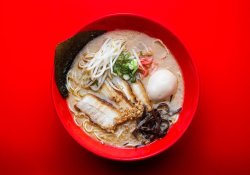Daikon Raba Recipes and curiosities
On this page you will learn the recipe and some information about the Japanese dish Daikon Raba Also known as Daikontoyuage no misosiru.
Table of Content - About - Origin - Information - Ingredients - Preparation - Related
All about Daikontoyuage no misosiru
Daikon radish and abura-age fried tofu miso soup is a typical dish of Japanese cuisine that combines simple ingredients but results in a unique and reassuring taste.
The foundation of this dish is miso, a fermented soybeans paste that is an essential ingredient in Japanese cuisine. In addition, Daikon radish, a type of Japanese raspberry, is the protagonist of this dish, bringing a crisp texture and a slightly sweetened taste.
The fried tofu, also known as abura-age, is another key ingredient in this soup. It is made from pressed and fried tofu in hot oil, which gives it a firm and crisp texture on the outside and soft on the inside.
To prepare the Daikon radish and abura-age fried tofu miso soup, you must first cut the Daikon into thin slices and boil in water until it becomes soft. Meanwhile, the tofu is cut into cubes and fried in hot oil until it becomes golden and crisp.
In a pot, the miso bouillon is made, which can be prepared with dashi (fish bouillon) or simply with water and miso. When the Daikon is soft, it is added to the bouillon along with the fried tofu. The result is a soup rich in flavor and with a perfect combination of textures.
The Daikon radish and abura-age fried tofu miso soup is a very versatile dish, and can be served as an entry or as a main dish accompanied by rice.
In short, the Daikon radish and abura-age fried tofu miso soup is a simple dish but full of Japanese flavor and tradition. If you like to try new flavors and enjoy Eastern cuisine, don’t forget to try this delicious soup on your next visit to a Japanese restaurant.

Origin and history of Daikon raba
The Daikon radish and abura-age fried tofu miso soup is a traditional soup of Japanese cuisine. It is made with miso bouillon, fried tofu and daikon rabbit, which is a type of white rabbit typical of Asian cuisine. It is believed that the soup was created in the seventeenth century, during the Edo period, and was commonly consumed by samurai. Today, it is a very popular dish in Japan and other countries, being appreciated for its unique taste and nutritional properties.About the recipe
- Name of the plate: Daikon Raba
- Name of the dish in English: Daikon radish and abura-age fried tofu miso soup
- Name of the plate in Japanese: 大根と油揚げの味噌汁
- Name of the Romanian dish: Daikontoyuage no misosiru
Information about preparation
- Time to prepare: 10 minutes
- Time of Cooking: 10 minutes
- Difficulty: MEDIUM
- It suits: 2 people
- Occasions: Soup, Autumn and Winter
Ingredients – Ingredients
Check out the necessary and optional ingredients Daikon RabaIt makes sense to improvise
- 600ml of Dashi
- 100g of Daikon raspberries, cut into phosphorus sticks
- 80g of tofu fried in oil, fine slices
- 3 tablespoons of miso pasta
- 3 tablespoons of mola onions, fine slices
- Daikon raba (optional)
Watch a video of the recipe:
Recipes - How to Prepare
Now that you know the ingredients to make the recipe Daikon Raba. Follow the instructions below in the preparation mode or step by step.
Preparation of fried tofu in the fashion of Abura:
Start the process by whitening the Abura fried tofu in boiling water for a minute in order to remove any excess oil. Then slide and press to remove the excess water. Cut it into thin strips.
Preparation of soup:
In a medium pot, take Dashi and Daikon to medium fire and let it boil for 5 minutes. Add Abura tofu and cook for another 3 minutes. Reduce the fire and add the mixed miso, dissolving it uniformly in Dashi with the help of a large spoon.
Decorating and Serving:
Bring the soup to the fire again and add the mola onion. Serve hot accompanied by your favorite Japanese dishes, such as rice and picles, for a delicious meal.
Tips:
- Make sure to reduce the fire before adding miso to the bouillon.If the fire is too high, it can damage the active crops that give miso its incredible health benefits.


